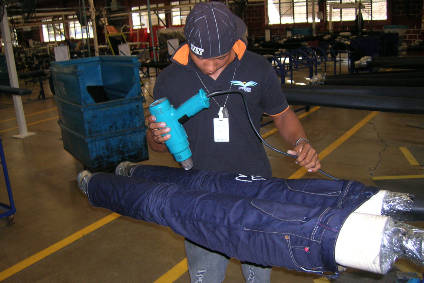
A decade-long programme intended to boost the Dominican Republic’s apparel exports to the United States is due to expire at the end of the year.
The Dominican Republic Earned Import Allowance Program (DR 2-for-1 or EIAP) was established as an amendment to the DR-CAFTA (Dominican Republic-Central America-United States Free Trade Agreement), under the Andean Trade Preference Extension Act of 2008. It became effective on 1 December 2008 for a ten-year period – which is set to expire on 1 December 2018.

Discover B2B Marketing That Performs
Combine business intelligence and editorial excellence to reach engaged professionals across 36 leading media platforms.
Entries of qualifying apparel under the DR 2-for-1 programme may only qualify for duty-free treatment under the CAFTA-DR prior to the date of expiration. Entries on or after 1 December 2018, may no longer use allowances to qualify for duty free treatment.
However, the latest annual review of the initiative shows activity fell “precipitously,” with just four of the 13 registered firms using it. The imminent end of the programme was partly to blame.
In 2017, US imports of woven cotton bottoms from the Dominican Republic fell 57% by value (from $3.5m in 2016 to $1.5m) and 80% by quantity (from 745,000 SMEs in 2016 to 154,000 SMEs).
US government sources and a former user of the programme in the Dominican Republic attributed the decline in US imports under the EIAP to increased imports from Haiti and increased competition from other Western Hemisphere suppliers.

US Tariffs are shifting - will you react or anticipate?
Don’t let policy changes catch you off guard. Stay proactive with real-time data and expert analysis.
By GlobalDataHaiti offers lower labour costs and trade preferences under the HOPE/HELP programmes, which provide more sourcing flexibility and coverage for a wider range of products than the EIAP, as well as a tariff preference level (TPL) for woven apparel from Haiti that allows the use of third-country fabric up to a specified level.
Also, the decline in US imports under the EIAP likely reflected a significant decline in woven trouser manufacturing capacity in the Dominican Republic, along with a simultaneous shift by US importers to Asian suppliers during the life of the programme.





